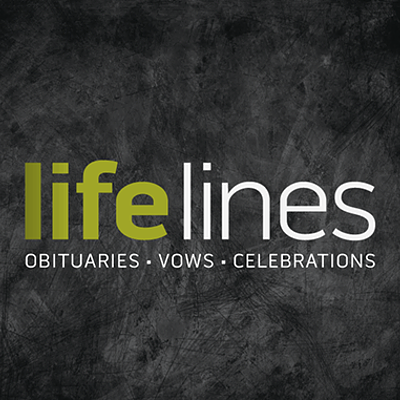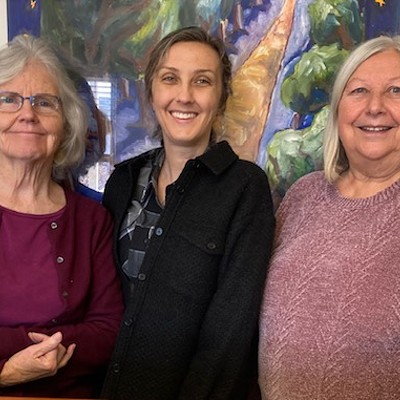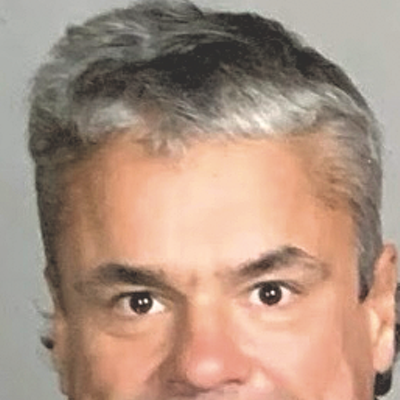The black duffel bag on the floor next to the fax machine wouldn't command your attention. It looks much like your average nylon gym bag, but its red tag suggests otherwise. It reads simply, "9 Masks."
Technically, they aren't masks -- as in gas masks -- stashed inside that bag. They are "escape hoods," and in this age of post-9/11 terror alerts, with Code Orange part of the daily jargon, escape hoods have become a vital part of the office-supply checklist here in Senator Jim Jeffords' office and all over Capitol Hill.
These black duffel bags are stashed in every Senate office, and even in the basement cafeterias. If you work in the Senate, you are required to attend an "Escape Hood Training Class." You do want to know how to use a hood -- it isn't as simple as you'd think -- because it will buy you 45 minutes of breathing time in the event of a chemical or biological attack. You also want to know where the closest escape hood is. I find it soothing that the black duffel bag is only feet from my desk.
It's not as soothing to walk out of my office and pass three Capitol police officers within one block, all with submachine guns tucked next to their ribs. That happened one night last week, just after the war on Iraq began. Capitol police are a familiar -- and normally comforting -- sight, but those stocky black guns hadn't been part of the daily routine until now.
Denizens of Capitol Hill have been a bit edgy lately. "Panicked" is too strong a word, but "unsettled" might be understating the mood. We try not to let the thought surface too often, but readiness for a potential terrorist attack has be-come threaded into our routine. As we dress each morning, we wonder what the day will bring. I've become less inclined to wear shoes that I couldn't run in.
Riding the Metro last week, I saw a new poster that read, "Don't Fear Terrorism, Fight Terrorism." The poster offered sage advice: If you see someone leave a package, politely bring it to their attention. And call Metro police if you see anyone who looks suspicious. I laughed out loud. Imagine -- a suspicious-looking person on a subway car? Being vigilant grows tiresome.
As I got off the Metro at Union Station, I stopped to admire a solidly built blond Lab. I reached to pet it before I saw that the dog's handler was in uniform. The Lab sniffs for bombs, and the man wasn't much interested in my admiration. It was clear that we wouldn't be swapping pet stories.
On the two-block walk to the Dirksen Senate Office Building, the Capitol dome looms boldly. The day I stop admiring this scenery is the day I leave Washington. It is so magnificent, that dome... and such a magnificent target.
I can't draw historical comparisons about working on Capitol Hill pre- and post-9/11. I checked in to my new job as Sen. James Jeffords' press secretary at 8:30 a.m. on Sept. 11, 2001. Ten minutes later, the introductions were cut short as we gathered around the televisions and watched the World Trade Center burn. An hour later, the horror hit closer -- the Pentagon. As we evacuated the building and the city that morning, stuck in the gridlock that terror had created, I quickly learned what we now hold to be evident about working on Capitol Hill: Escaping isn't easy. There is no guarantee in the city's evacuation plan.
We saw the potential for chaos again last week, when a North Carolina tobacco farmer, despondent over his losses, drove his John Deere into a pond off Constitution Avenue, two blocks from the White House. He claimed to have explosives, and the ensuing standoff with police screwed up morning and evening commutes for nearly three days.
The episode also said something about the way our view of terrorism had changed. Two years ago "Tractor Man," as he became known, would have been considered a true threat, the lead story on the nightly news. But last week, he was relegated to the local traffic report. People joked that if the police didn't kill him, the commuters would. He surrendered.
Every Senate office has an emergency evacuation plan. We rehearsed ours several times after Sept. 11, and we've reviewed it again at recent staff meetings. Plan A has us meeting in a Senate parking lot near our building; if that fails, Plan B has us walking three blocks east and gathering outside a certain restaurant. We're a tight staff, and the idea is to make sure everyone is safe.
We realize, however, that even the best-laid plans can dissolve in an actual attack. Truth is, we'd probably all just run. Those who are parents will run towards day-care centers. I'm not sure in what direction I'd flee, but I always keep my running shoes under my desk. And when I jog my usual four-mile route at lunch, down the Mall to the Lincoln Memorial and back, I can't help envisioning that path swarming with thousands of desperate evacuees.
My latest plan actually has me riding my way out of the city -- on two wheels. I believe a bicycle will be the best mode of transport and, since the Tractor Man incident, I've been keeping my trusty old Cannondale in the Senate garage. A colleague pointed out that the intersections might prove tricky -- those escape hoods don't offer much peripheral vision. But I think I can cover some good ground in 45 minutes.










Comments
Comments are closed.
From 2014-2020, Seven Days allowed readers to comment on all stories posted on our website. While we've appreciated the suggestions and insights, right now Seven Days is prioritizing our core mission — producing high-quality, responsible local journalism — over moderating online debates between readers.
To criticize, correct or praise our reporting, please send us a letter to the editor or send us a tip. We’ll check it out and report the results.
Online comments may return when we have better tech tools for managing them. Thanks for reading.